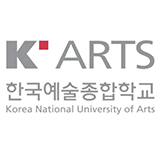Korea National University of Arts (한국예술종합학교)
Overview
Established in 1993
Nature: A four-year national university of arts
Location: Located in Seoul, South Korea.
Educational philosophy
The educational philosophy of the Korea National University of Arts is to cultivate internationally competitive artistic talents, emphasizing innovation, professionalism and interdisciplinary cooperation. The school is committed to providing the highest level of art education and research environment to promote students' artistic talents and personal development.
Historical background
1993: Established by the Ministry of Culture, Sports and Tourism of South Korea, it became the only national art institution of higher learning in South Korea.
Modern: After years of hard work and development, the Korea National University of Arts has become one of the most famous art higher education institutions in Asia and even the world, and has cultivated many outstanding talents in multiple art fields.
Disciplines and departments
Undergraduate programs:
Conservatory of Music: including vocal music, instrumental music, composition, conducting and other majors.
Drama School: Covers performance, directing, playwriting, stage art and other directions.
Dance Academy: teaches ballet, modern dance, traditional Korean dance, etc.
Film and Television Academy: involves film production, radio and television, multimedia imaging, etc.
Fine Arts Academy: provides education in multiple majors such as painting, sculpture, design, architecture, etc.
Korean Music Academy: focuses on the study and performance of traditional Korean music.
Postgraduate Program:
Each academy has master's and doctoral programs, providing students with opportunities for in-depth research. Postgraduate courses are designed to further improve students' professional skills and theoretical knowledge, and encourage original artistic creation and academic research.
Featured Majors
Conservatory of Music: has a high reputation in both classical and modern music, especially piano, violin, vocal music and other majors.
Drama Academy: is famous for its comprehensive drama education system and has trained many famous actors, directors and playwrights.
Dance Academy: not only teaches Western dance forms, but also pays attention to the inheritance and development of traditional Korean dance.
Film and Television Academy: has strong teaching strength in film production and multimedia art, and graduates have won awards at domestic and international film festivals.
Fine Arts Academy: covers all aspects of visual arts, from traditional painting to modern design and technical arts.
Korea Conservatory of Music: Specializes in teaching traditional Korean musical instruments such as Gayageum and Heonhakgeum, and conducts related research.
Campus Facilities
Teaching Building: Equipped with advanced classrooms, studios and laboratories.
Performance Venue: Has multiple theaters and concert halls for students to display their works and perform publicly.
Library: Has a rich collection of art books, journals and audio-visual materials.
Practice Room: Individual or group practice space for music and dance students.
Accommodation: Provides student dormitories to facilitate students' living and learning.
Contact Information
Official Website: http://www.karts.ac.kr/ (Korean)
Address: 249 Hangang-daero, Yongsan District, Seoul, South Korea
Tel: +82-2-760-4114
Email: admission@karts.ac.kr
Ranking and Recognition
National Ranking: Ranked among the top universities in the arts in Korea.
International Influence: Graduates of the Korea National University of Arts have performed outstandingly on the international stage, and many alumni have become leaders in their respective fields.
Other information
Admission requirements:
Undergraduate: Applicants usually need to pass a rigorous entrance examination and demonstrate their artistic talent and potential. Some courses require Korean proficiency (TOPIK level 3 or above).
Postgraduate: Applicants need to have a bachelor's degree in a related major and pass the corresponding entrance examination. Some courses require Korean proficiency (TOPIK level 4-6), and English-taught courses require English proficiency (TOEFL, IELTS, etc.).
Scholarship: The school offers a variety of scholarship opportunities, including government scholarships, on-campus scholarships, etc., to help outstanding students reduce their financial burden.
Internship opportunities: The school cooperates with many art institutions, theaters, galleries and media companies to provide students with rich internship opportunities and enhance their practical work ability.
International cooperation: The Korea National University of Arts has signed academic exchange agreements with many art colleges around the world, providing exchange student programs and dual degree programs to help students expand their international perspectives.
Features and achievements
Academic research: The Korea National University of Arts has strong strengths in artistic creation, performance and theoretical research.
Internationalization: The school actively promotes the internationalization process, attracts a large number of international students and scholars, and provides a variety of international courses and programs.
Alumni network: The school's alumni are all over the world and have made outstanding achievements in the field of art.
Campus life: The campus environment is beautiful and the facilities are advanced. Students can make full use of various resources for learning and creation. In addition, the school also has a wealth of extracurricular activities and community organizations to enrich students' campus life.
-
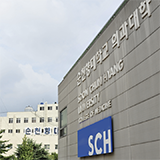
순천향대학교, Soonchunhyang University
-
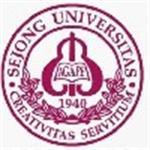
세종대학교,Sejong University
-
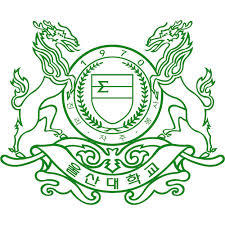
울산대학교,University of Ulsan
-
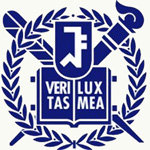
Seoul National University, SNU, 서울대학교
-
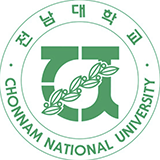
Chonnam National University, 전남대학교
-
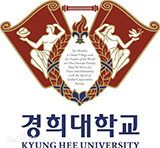
Kyung Hee University
-
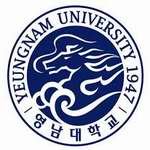
Yeungnam University, 영남대학교
-
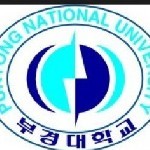
Pukyong National University, 국립부경대학교
-
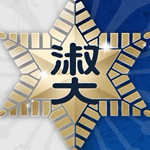
Sookmyung Women's University, 숙명여자대학교
-

Hallym University, 한림대학교
-

Mesoamerican University
-

Istmo University
-

Mariano Galvez University of Guatemala
-

Regional University of Guatemala
-

Galileo University
-

Francisco Marroquín University
-

Rafael Landívar University
-

University of the Valley of Guatemala
-

University of San Carlos of Guatemala
-

Technological Institute of Tlaxcala Plateau
-

Golfo University
-

Technological University of South Sonora
-

Technological University of Huejotzingo
-

Tizimín Institute of Technology
-

Chilpancingo Institute of Technology

